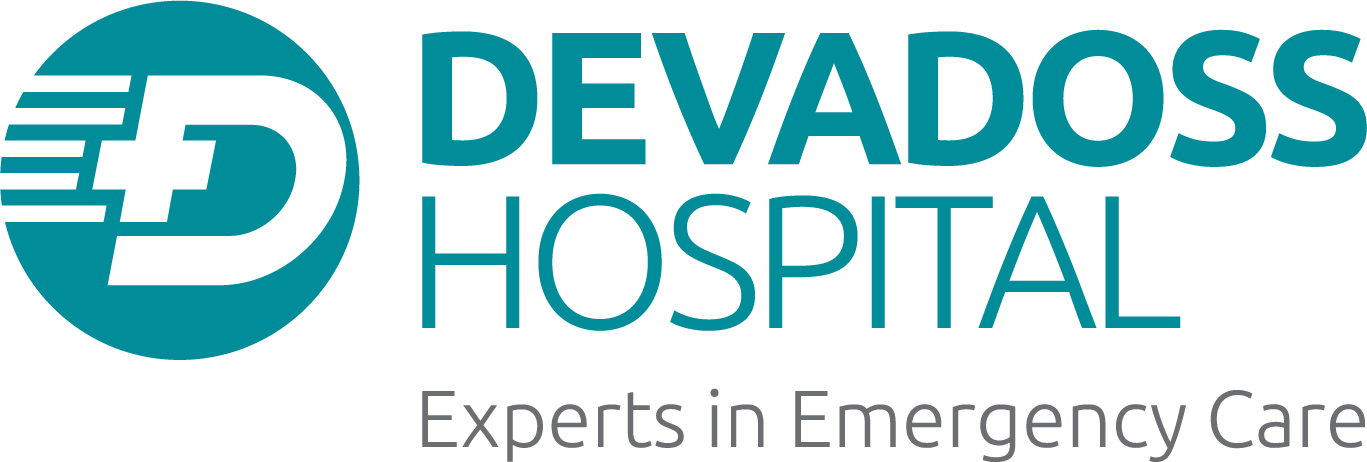- Home
- About Us
- Specialities
- Robotics
- Orthopedic
- Joint Replacement Surgery
- Spine Surgery
- Cardiology
- Cardiothoracic Surgery
- Plastic & Cosmetic Surgery
- Neuro Surgery
- Critical Care
- Gastroenterology
- General Surgery
- Obstetrics Gynecology
- Pediatrics & Neonatology
- Dermatology
- Neurology
- Nephrology
- Vascular Surgery
- Diabetology
- Pulmonology
- Psychiatry & Counseling
- Health Checkup
- Sports Injury
- Courses
- Contact Us
Spine Surgery
Best Spine Surgeons in Madurai
Book an Appointment
Conditions Treated
Spine surgery at Devadoss Hospital addresses a wide range of conditions, including:

Herniated Discs
When the soft material inside a spinal disc pushes out, causing pain and discomfort.

Spinal Stenosis
Narrowing of the spinal canal that puts pressure on the spinal cord and nerves.

Degenerative Disc Disease
The breakdown of spinal discs over time, leading to chronic pain.

Scoliosis
A sideways curvature of the spine that can affect posture and movement.

Spinal Fractures
Breaks in the vertebrae due to trauma or osteoporosis.

Sciatica
Pain that radiates along the sciatic nerve from the lower back down to the legs.

Spondylolisthesis
A condition where one vertebra slips over another, causing pain and instability.

Spinal Tumors
Abnormal growths within or around the spine that can be benign or malignant.
Treatments Offered
Devadoss Hospital provides a comprehensive range of spine surgery treatments, including:

Microdiscectomy
A minimally invasive procedure to remove herniated disc material.

Laminectomy
Surgery to remove part of the vertebra, relieving pressure on the spinal cord.

Spinal Fusion
Joining two or more vertebrae to stabilize the spine.

Vertebroplasty and Kyphoplasty
Procedures to treat spinal fractures using bone cement.

Artificial Disc Replacement
Replacing a damaged spinal disc with an artificial one.

Spinal Decompression Surgery
Relieving pressure on the spinal nerves caused by spinal stenosis.

Scoliosis Surgery
Correcting the curvature of the spine using rods, screws, and bone grafts.

Minimally Invasive Spine Surgery
Advanced techniques that reduce recovery time and postoperative pain.
Conditions Treated
-
Herniated Discs
-
When the soft material inside a spinal disc pushes out, causing pain and discomfort.
-
Spinal Stenosis
-
Narrowing of the spinal canal that puts pressure on the spinal cord and nerves.
-
Degenerative Disc Disease
-
The breakdown of spinal discs over time, leading to chronic pain.
-
Scoliosis
-
A sideways curvature of the spine that can affect posture and movement.
-
Spinal Fractures
-
Breaks in the vertebrae due to trauma or osteoporosis.
-
Sciatica
-
Pain that radiates along the sciatic nerve from the lower back down to the legs.
-
Spondylolisthesis
-
A condition where one vertebra slips over another, causing pain and instability.
-
Spinal Tumors
-
Abnormal growths within or around the spine that can be benign or malignant.
Treatments Offered
Devadoss Hospital provides a comprehensive range of spine surgery treatments, including:
-
Microdiscectomy
-
A minimally invasive procedure to remove herniated disc material.
-
Laminectomy
-
Surgery to remove part of the vertebra, relieving pressure on the spinal cord.
-
Spinal Fusion
-
Joining two or more vertebrae to stabilize the spine.
-
Vertebroplasty and Kyphoplasty
-
Procedures to treat spinal fractures using bone cement.
-
Artificial Disc Replacement
-
Replacing a damaged spinal disc with an artificial one.
-
Spinal Decompression Surgery
-
Relieving pressure on the spinal nerves caused by spinal stenosis.
-
Scoliosis Surgery
-
Correcting the curvature of the spine using rods, screws, and bone grafts.
-
Minimally Invasive Spine Surgery
-
Advanced techniques that reduce recovery time and postoperative pain.
FACILITIES
Devadoss Hospital Facilities

Meet Our Dedicated & Experienced Doctors
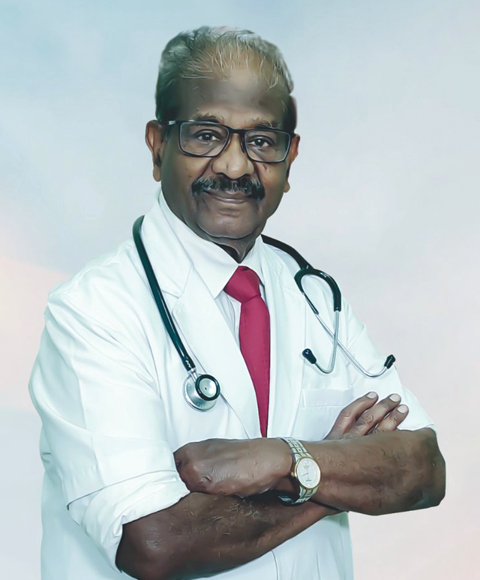
Prof. Dr. A. Devadoss, M.Ch.
M.Ch. Ortho (Liverpool), FRCS (Edin), FRCS (Glasg), FIMSA, AOAA, D.Sc. (HonorisCausa)
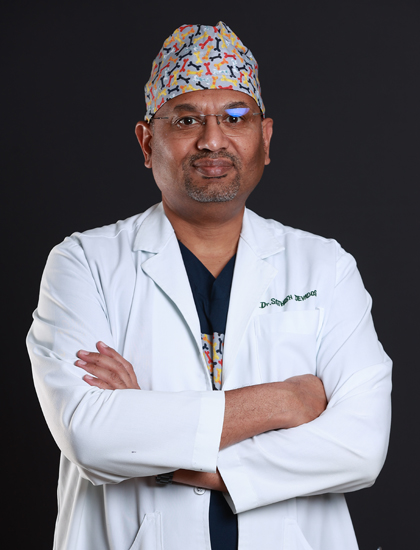
Dr. Sathish Devadoss, M.B.,B.S., M.S.
(Orth), M.Ch. Ortho (UK), FASIF (Aus)
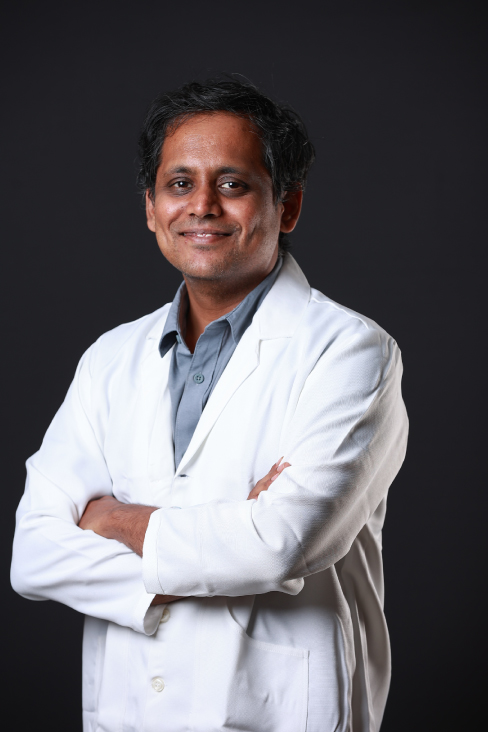
Dr. Vibhu Krishnan, M.B.,B.S.
MS, DNB (Orth), FNB Spine, MNAMS, Mch Orth (USAIM), Dip SICOT (Prague), DTB (Sing), PGDHHM
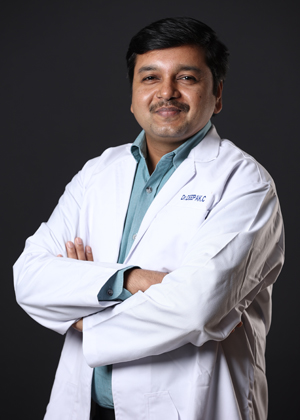
Dr. D.C. Deepak, M.B.,B.S., M.S.
M.B.B.S., M.S. (Ortho) FIJR (Mumbai), FIAS (Spine)
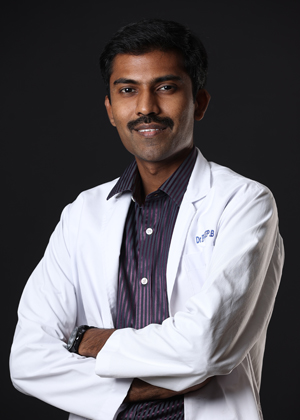
Dr. B. Pradeep
MS (Ortho), DNB (Ortho), MRCS (Edin), FASM, MRCS (Edin), Dip in Sports Medicine (FIFA)
FAQ
Questions to ask a Spine Surgery
The recovery time for spine surgery varies depending on the type of surgery and the patient’s overall health. However, most patients can expect to stay in the hospital for a few days after surgery. The recovery period may also include physical therapy and other rehabilitation exercises.
In some cases, non-surgical treatments, such as physical therapy, medication, or injections, may be enough to relieve pain and improve function. However, in other cases, spine surgery may be the only way to relieve pain and improve function.
If you are considering spine surgery, it is important to talk to your doctor about the risks and benefits of the procedure. You should also ask your doctor about the specific type of surgery that is right for you.
Post Your Query


